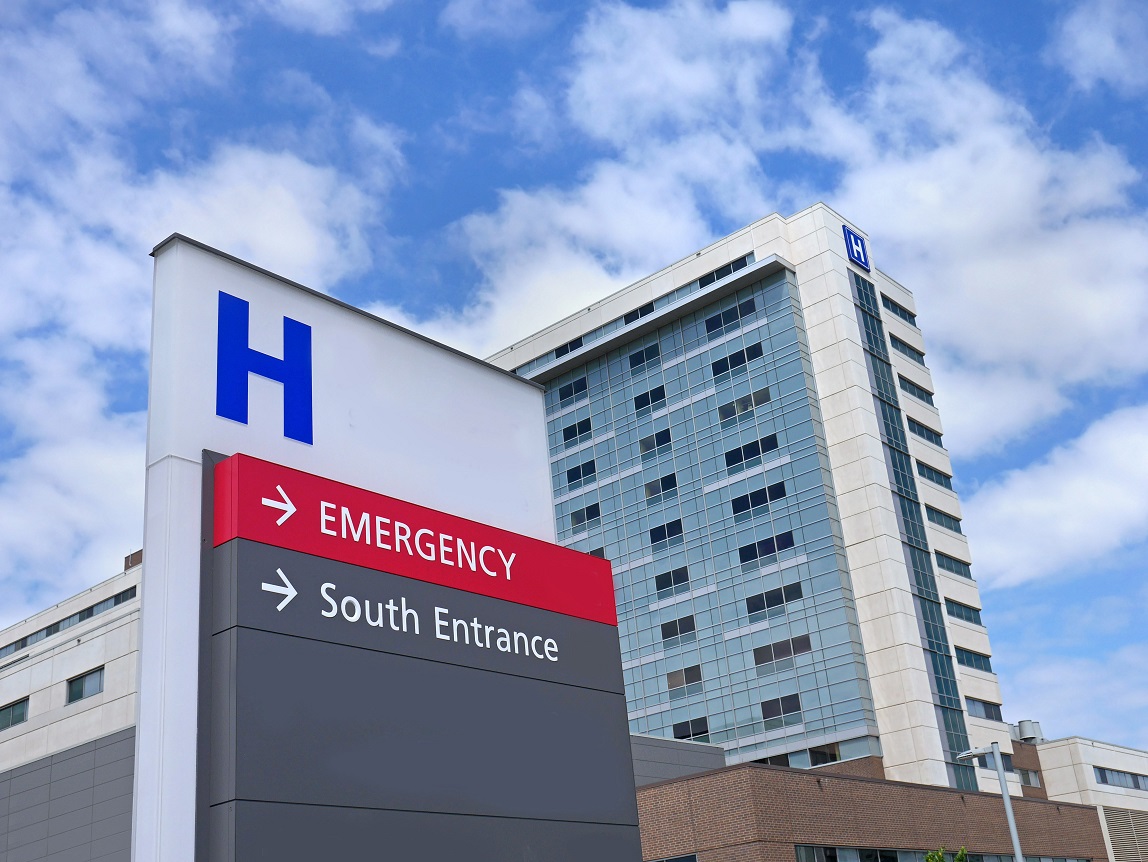Fire Safety for Hospitals – US fire departments respond to about 1,100 hospital fires annually, and the most current National Fire Protection Association (NFPA) data show that less than one death per year occurs in these fires. There is a reason for this exceptional safety record and it is The United States’ strict adherence to and enforcement of building and fire codes and standards.
The two primary codes that outline requirements for Fire Safety for Hospitals are NFPA 99: Health Care Facilities Code and NFPA 101: Life Safety Code
NFPA 101: Life Safety Code defines several types of healthcare-related facilities: hospitals, ambulatory care centers, and doctor’s offices. These all have their own requirements and are defined as follows:
Hospital.
A building or portion thereof used on a 24-hour basis for the medical, psychiatric, obstetrical, or surgical care of four or more inpatients.
Ambulatory Health Care Occupancy.
An occupancy used to provide services or treatment simultaneously to four or more patients that provides, on an outpatient basis, one or more of the following:
(1) treatment for patients that renders the patients incapable of taking action for self-preservation under emergency conditions without the assistance of others;
(2) anesthesia that rends the patients incapable of taking action for self-preservation under emergency conditions without the assistance of others;
(3) treatment for patients who, due to the nature of their injury or illness, are incapable of taking action for self-preservation under emergency conditions without the assistance of others.
Business Occupancy.
An occupancy used for the transaction of business other than mercantile.
Health Care Occupancy.
An occupancy used to provide medical or other treatment or care simultaneously to four or more patients on an inpatient basis, where such patients are mostly incapable of self-preservation due to age, physical or mental disability, or because of security measures not under the occupants’ control.
Hospitals function like a dynamic, living organism, made up of multiple systems working together. It is critical to the success of facility operations that various systems remain in working condition, including gas, ventilation/HVAC, electrical, communications, plumbing, fire protection, and operations. Each system is classified by the risk its failure poses to losing lives or causing injuries or discomfort with the Fire Safety for Hospitals and Medical Centers.
NFPA 99 outlines four risk categories:
- Activities, systems, or equipment whose failure is likely to cause major injury or death of patients, staff, or visitors shall be designed to meet Category 1 requirements as detailed in this code.
- Activities, systems, or equipment whose failure is likely to cause minor injury of patents, staff, or visitors shall be designed to meet Category 2 requirements, as detailed in this code.
- Activities, systems, or equipment whose failure is not likely to cause injury to patients, staff, or visitors, but can cause discomfort, shall be designed to meet Category 3 requirements, as detailed in this code.
- Activities, systems, or equipment whose failure would have no impact on patient care shall be designed to meet Category 4 requirements, as detailed in this code.
IMEC Technologies provides Safety Management Software to increase worker safety and aid compliance. IMEC’s Safety Management Software will manage inspections and audits, provides hazard identification, incident reporting, management of corrective and preventative actions from generation to closure. IMEC provides lock out tag out software solutions that will allow users to create lockout tagout procedures using an intuitive Mobile App and Manage Lockout Tagout Procedures, also the Review and Execution of those Lockout Tagout Procedures using the Mobile App. Annual Lockout Tagout Procedures audits are conducted using a Mobile App. The Mobile Inspection App allow users to perform inspections and audits, for example the system can be used as a Fire Extinguisher Barcode Inspection Software system to manage monthly fire extinguisher inspections and general fire safety inspections and also to record safety observations and manage corrective actions, anywhere and anytime. The solution can be used as a fire extinguisher barcode inspection software system or life safety inspection system to aid compliance in Higher Education, Healthcare, Industrial and Commercial Organizations. Benefits from a Fire Extinguisher Barcode System include the elimination of paperwork and reducing the burden of compliance with regulations such as NFPA, The Joint Commission. The Incident Reporting App allows users to easily and quickly report incidents, hazards and near-misses, these are then sent to the appropriate people for action and are managed to closure. Web Apps provide features such as, setup, management, scheduling tools, analysis, reporting and dashboards etc with the ability to report incidents to government bodies such as OSHA and RIDDOR. HazMat T&T is a hazardous waste management software solution designed for Environmental Service Companies and companies who generate a large quantity of hazardous waste. The solution tracks hazardous waste from cradle to grave aiding compliance, providing accurate waste inventory, increasing waste handling efficiency, reducing risk and also helps manage waste costs. HazMat T&T Hazardous Waste Management Software can be deployed in a number of deployment scenarios, from Large Hazardous Waste Generators, tracking their hazardous waste at their site to Environmental Service and Waste Management Companies using it track and manage hazardous waste at transfer and disposal sites. For more information visit our website www.imectechnologies.com

